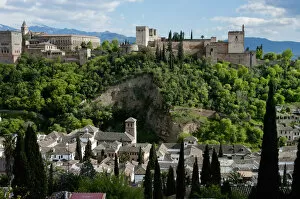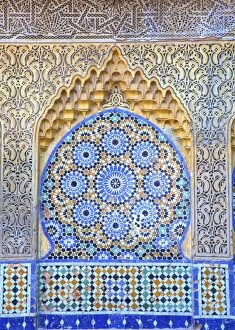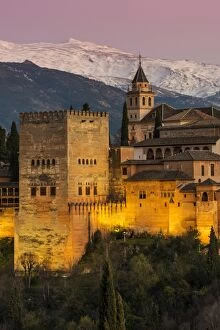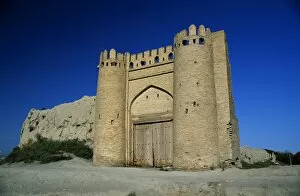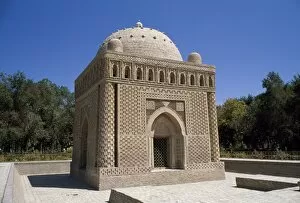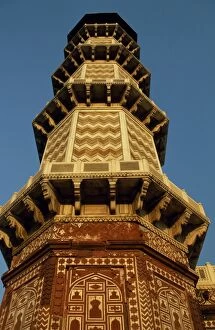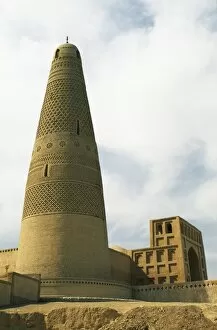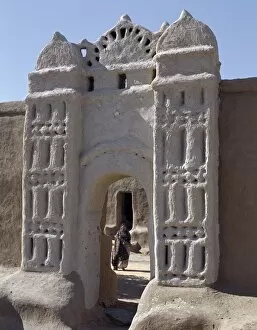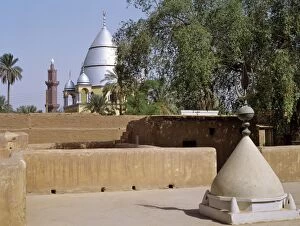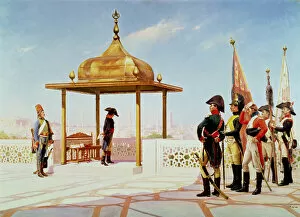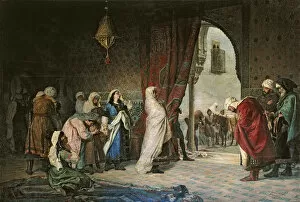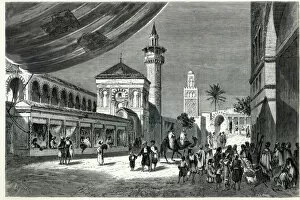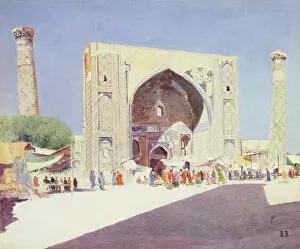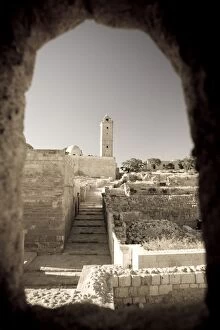Islamic Architecture Collection (page 7)
Islamic architecture is a mesmerizing blend of intricate designs, rich history, and cultural significance
For sale as Licensed Images
Choose your image, Select your licence and Download the media
Islamic architecture is a mesmerizing blend of intricate designs, rich history, and cultural significance. From the 19th Century Moroccan wall features to the Islamic carvings found in Alhambra, Spain, each structure tells its own unique story. The Patio de los Arrayanes and Comares Tower at Alhambra Palace are recognized as UNESCO World Heritage Sites. These architectural marvels showcase the grandeur of Islamic design with their stunning geometric patterns and delicate details. In Nairobi's Jamia Mosque, worshippers enter a place of tranquility and spirituality. The mosque stands tall as a symbol of unity for Muslims in the heart of Kenya's capital city. "The Meeting of the Theologians, " an artwork by Abd Allah Musawwir from the mid-16th century, captures the intellectual exchange that took place during this era. It serves as a reminder of how art played an essential role in preserving Islamic heritage. Syria's crusaders castle Krak Des Chevaliers stands proudly as a UNESCO Site. Its imposing presence reflects both military strength and architectural brilliance. An East view reveals Forts Jellali and Merani in Muskah, Arabia. This watercolor painting showcases their strategic location while highlighting their historical significance dating back to June 1793. Calligraphy and zellige adorn Medersa Ben Yousef's patio built-in 1570. This masterpiece combines artistic expression with religious devotion, creating an awe-inspiring space for learning within Morocco's vibrant cityscape. The Mughal emperor Aurangzeb completed his magnum opus in 1676 AD - an architectural gem that still captivates visitors today. Its beauty transcends time as it stands proudly amidst India's rich cultural tapestry. Bab El Assa fountain in Tangier, Morocco adds charm to North Africa's landscape with its exquisite craftsmanship and flowing waters – inviting travelers to pause for reflection amidst bustling streets.


